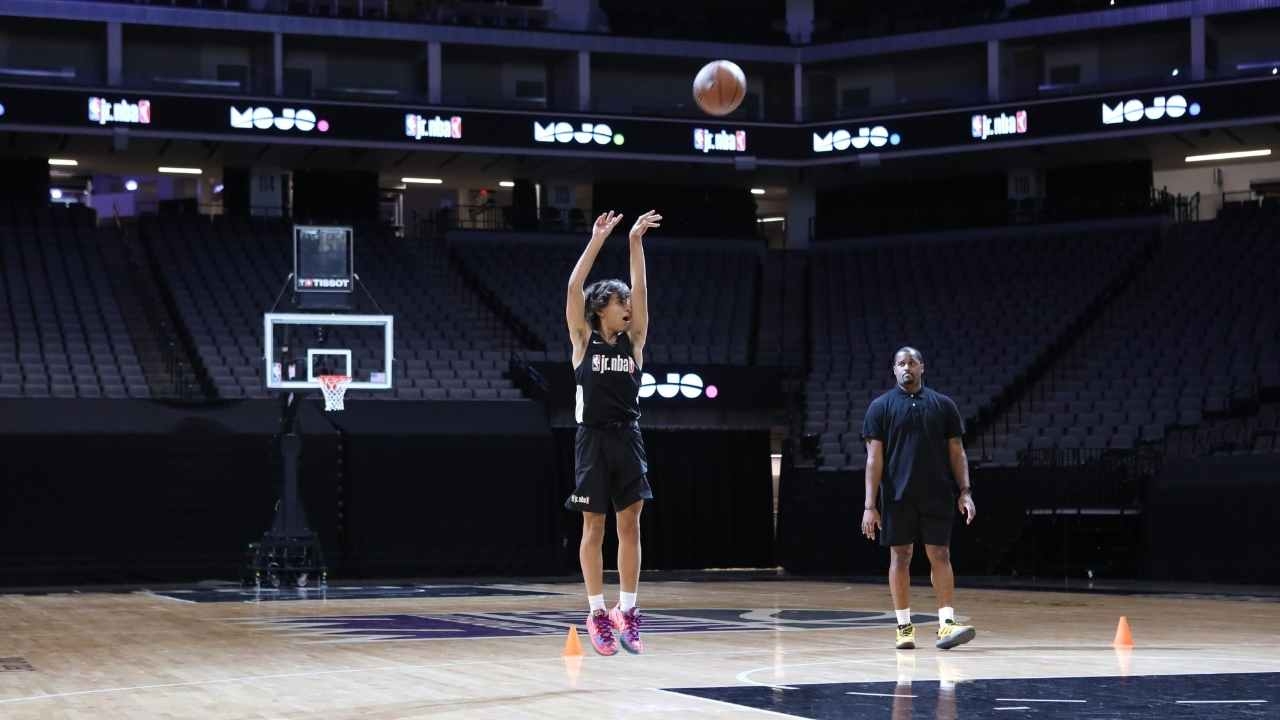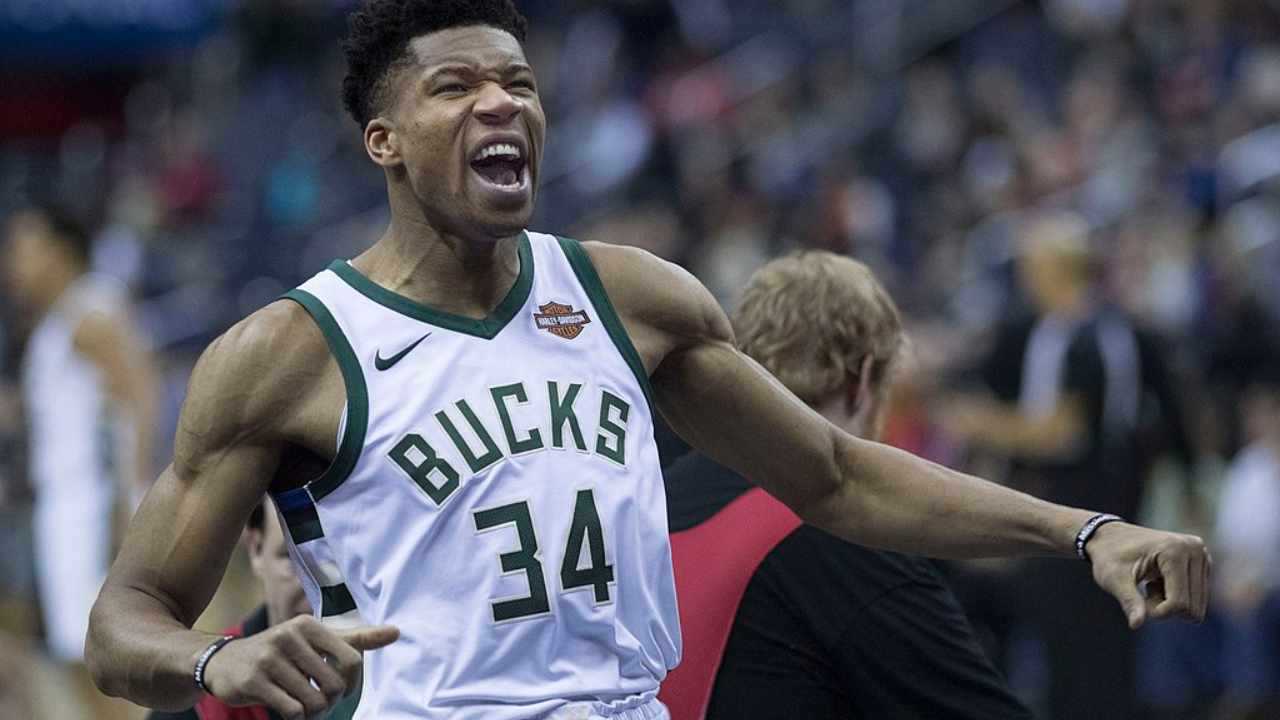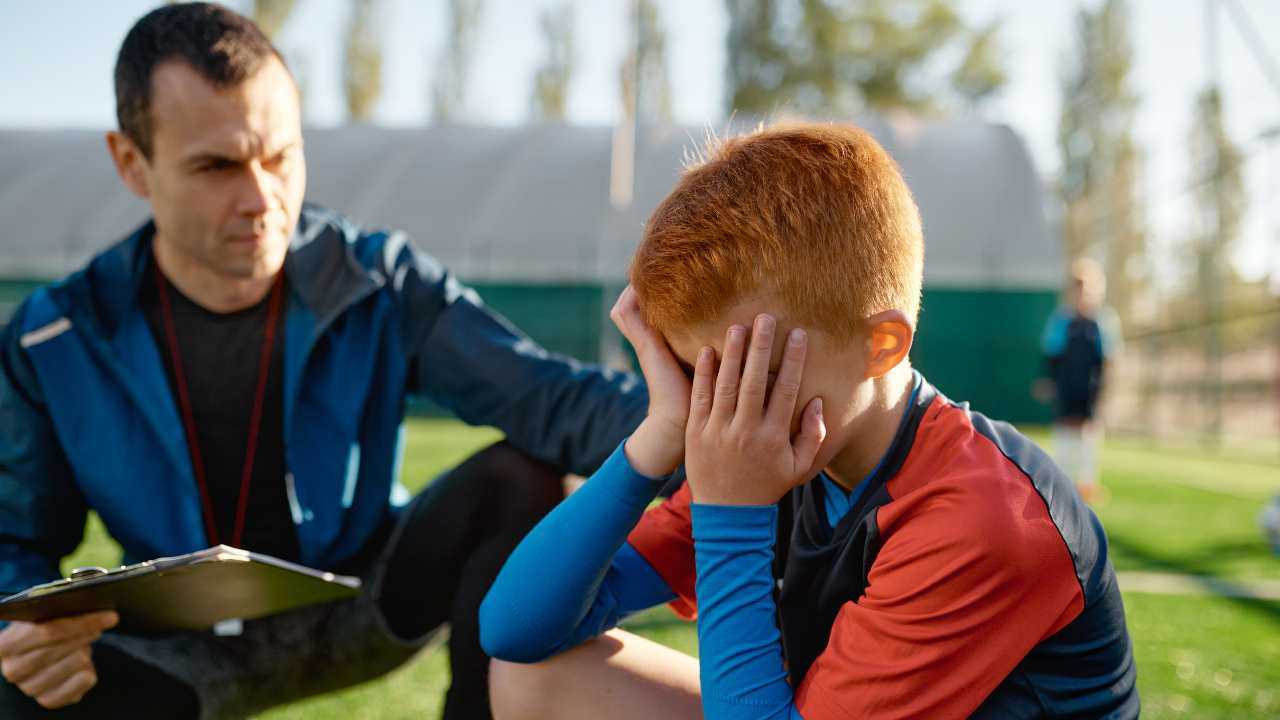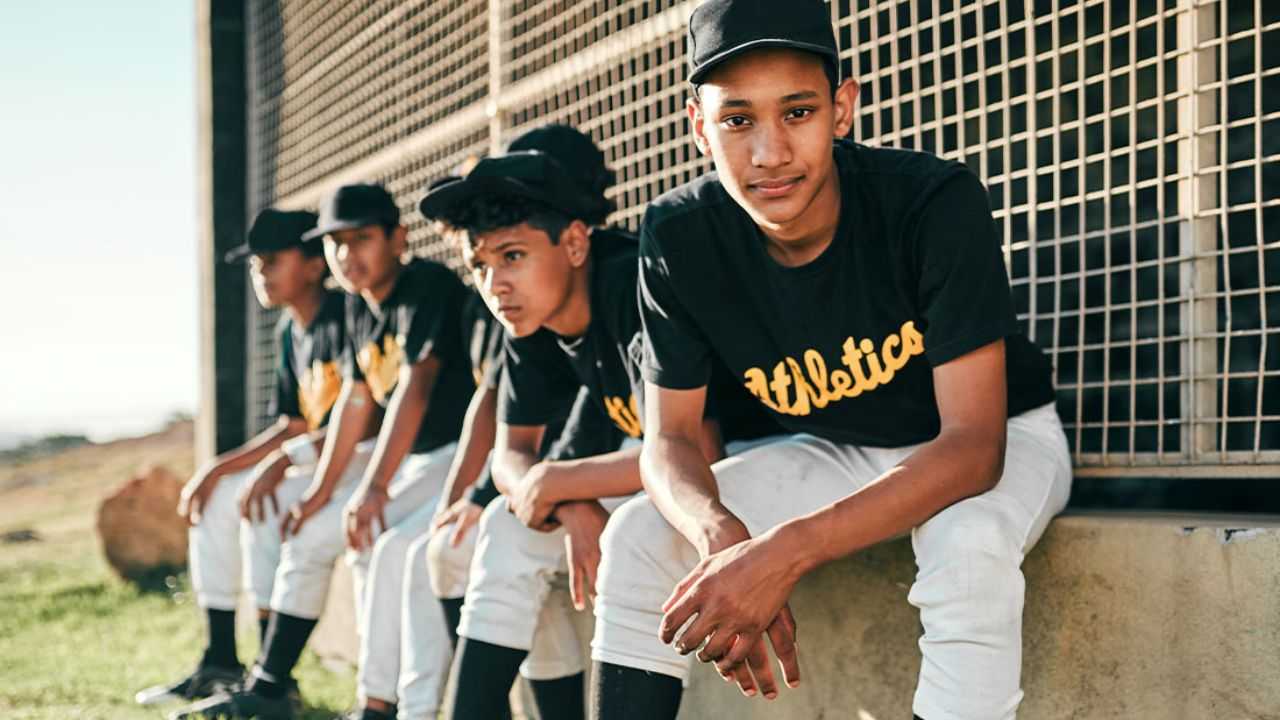A Different Kind of March Madness
The NCAA tournament has some parents dreaming of kids going pro.
Ben Sherwood
| 4 min read

As Kansas and UNC get ready to battle for the NCAA men’s basketball championship, it’s hard not to feel the tug of the basketball court and the pull of possibilities. What’s wonderful about college basketball (and confounding to every bracket) is that on any given day, any team can win. Yes, anything can happen. A 22-year-old with a ‘70s mustache can come out of nowhere to put a team like St. Peters on the main stage (however briefly). And maybe, in 10 short years, your 8-year-old could be standing on that court …
I’ve been watching March Madness this year with my two boys, an 11-year-old with a newfound spark for the game, and a high school junior who played ball for a while before focusing on soccer. What’s deeply satisfying about watching college hoops is that, in some cases, what’s happening on the court doesn’t feel all that removed from some of the better high school games we’ve seen in Los Angeles. It’s sport that is still somewhat relatable.
And while, clearly, a few of these young men and women are headed to the pros, the vast majority of them? Nope. Even at this elite level, that fantasy is only for the select few.
Still, that doesn’t stop well-meaning parents from dreaming: Hey, my kid can do that. He or she can go all the way! And then it’s an all-too-slippery slide into our collective delusion about kids and college sports.
I’ve written before about the math behind the madness. The latest NCAA stats tell the story: Of 540,000 boys who play high school hoops, fewer than 1 percent will play Division 1. And of college players eligible for the draft, only 1.2 percent will make it to the NBA.
Think about it: That’s 1 percent of 1 percent making it to the association. Put differently, your kid’s chance of playing in the NBA is 0.01 percent.
For girls, the odds are essentially the same: 1.3 percent will make it from high school to Division 1 and 0.8 percent will get drafted into the WNBA.
And really, is that the point?
The great joy of the NCAA tournament is reveling in the magic right there on the court where anything can happen. Watching those young people is inspiration enough for a more realistic dream, which is to see our kids on a court having a ball, developing a jump shot and a work ethic, trying to dunk, and learning to be part of a team built on camaraderie, trust, and a few really good inside jokes.
When so much about youth sports has become professionalized, monetized, even gambled on, it takes a lot to simply enjoy basketball — or any sport — for what it is. Youth sports teach life lessons to every kid — and family — that are far more valuable than elusive pro contracts.
In 2020, about 4.1 million kids under age 12 played basketball. That year, a mere 52 men and 31 women in college hoops made it to the NBA and WNBA.
For the love of the game of basketball and the future of our kids, let’s focus on those 4 million kids who play the game right here and now — not the 83 who defy all odds and make it to the pros. Sure, it’s fun to cheer UNC’s Caleb Love, who seems destined for stardom. But don’t forget to go outside and shout just as loud when your kid hits a three. Your child won’t forget that feeling — and neither will you.




